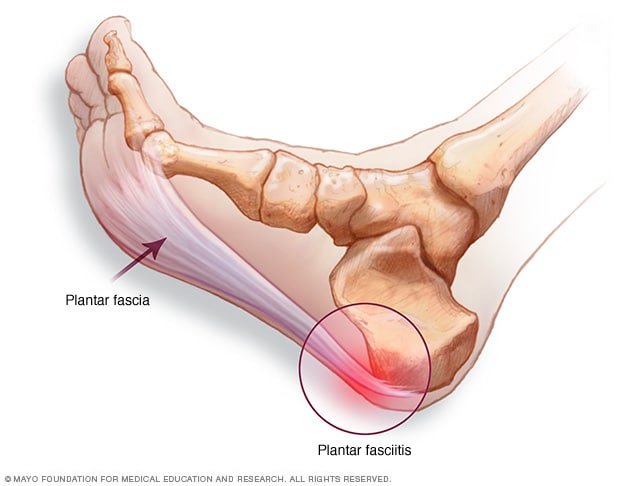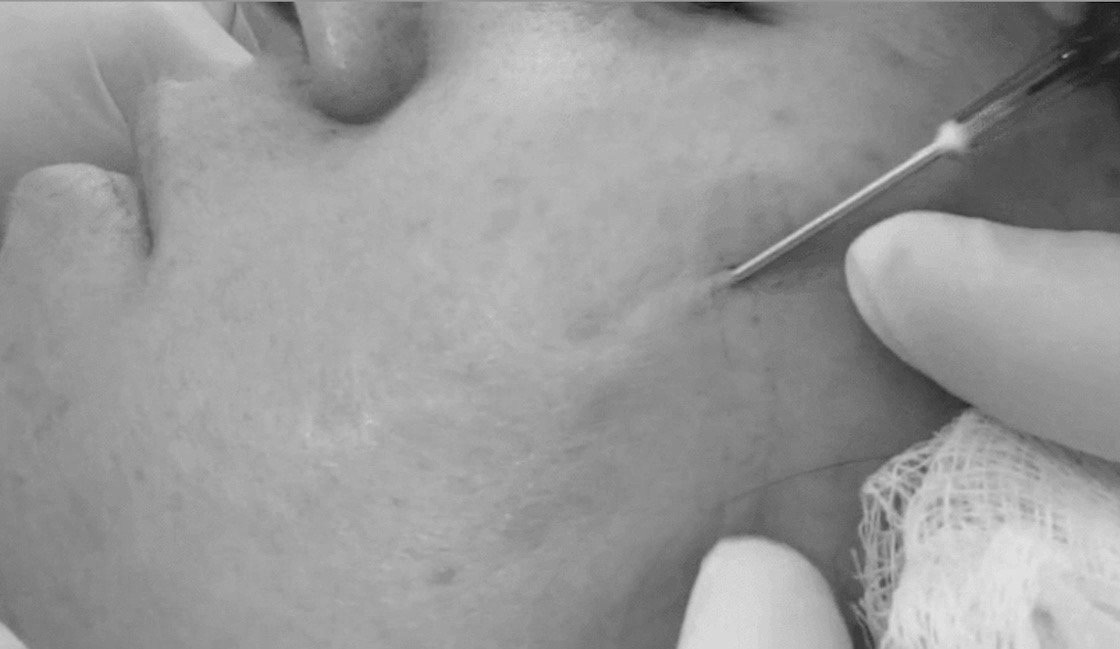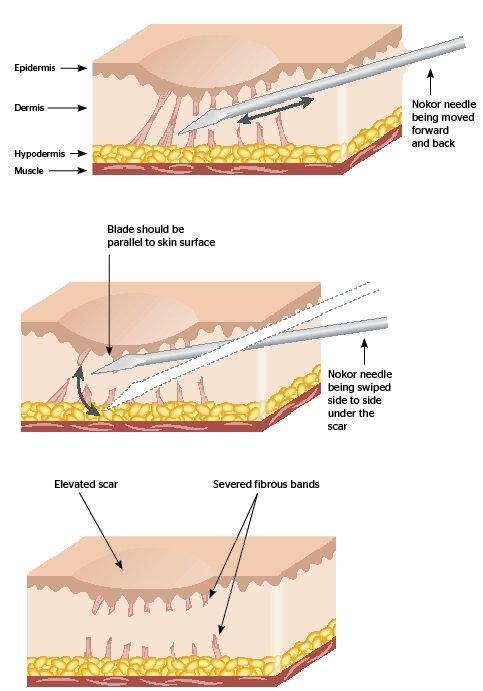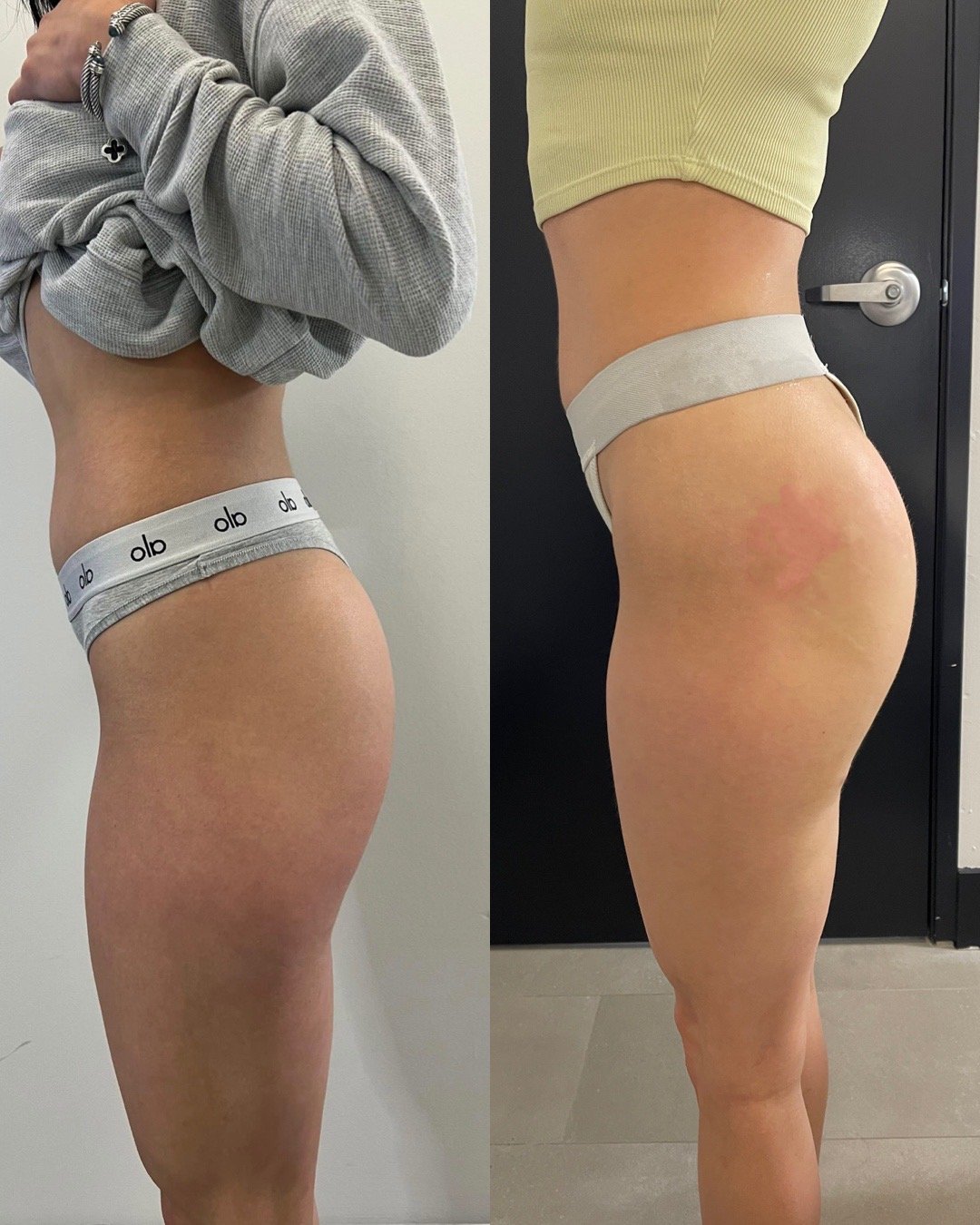-
We use Botox, Dysport and Daxxify.
-
Re-treatment is typically needed in three to four months.
-
You will notice the results within 1-2 weeks.
-
A consultation is required to determine the exact number of units. This purchase cannot be used for any other area.
What it treats:
Botox injections can significantly reduce plantar fasciitis pain and improve foot function.
How it works?
Botox, when injected into the plantar fascia, paralyzes the surrounding muscles. This deactivates Substance P, a pain-related neurotransmitter, and reduces inflammation, leading to less pain, swelling, and redness.










